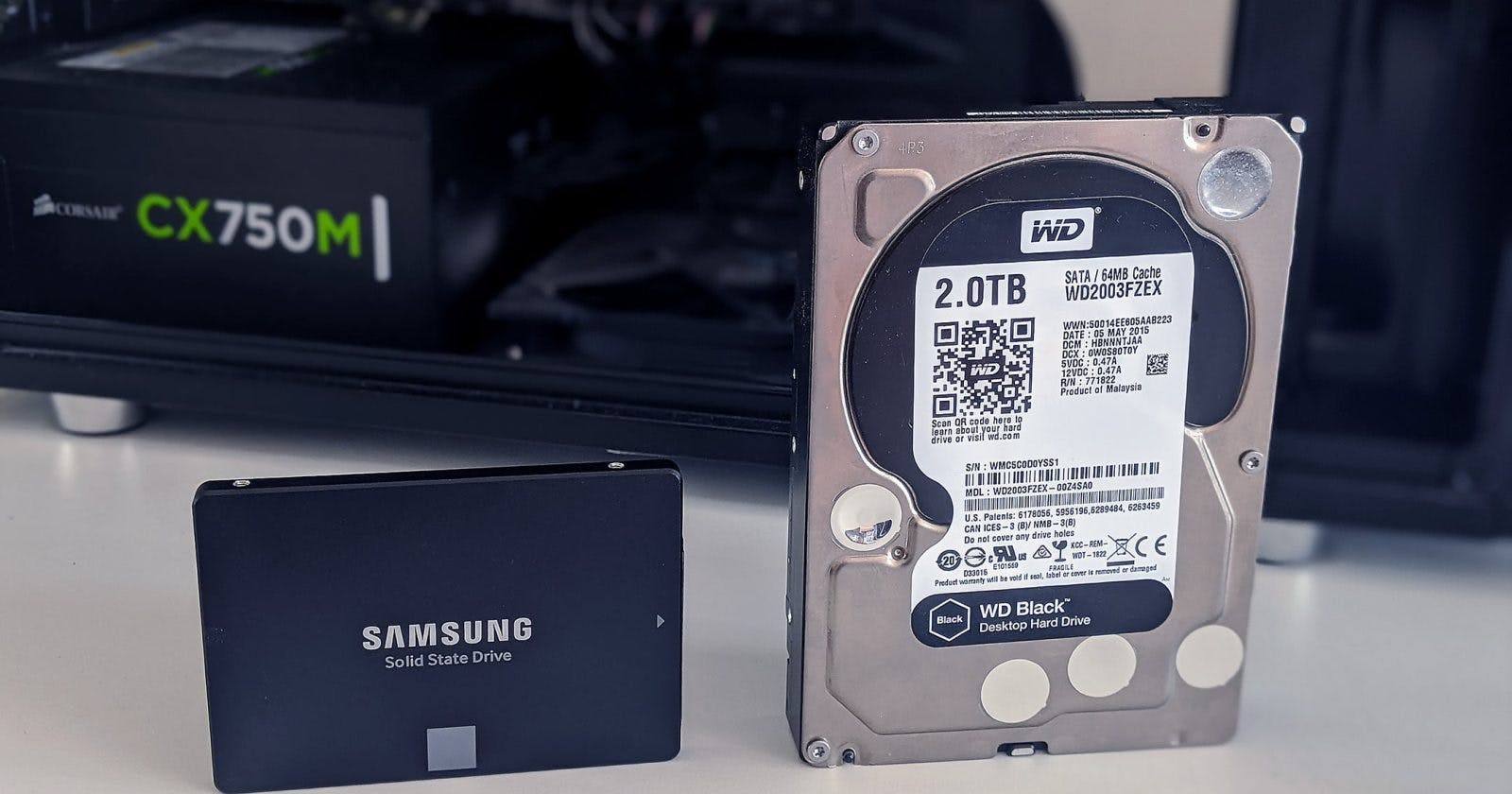Adding Data to Drives: Does It Make Them Heavier?
You know those devices where you store your movies, games, and cat videos? We’re talking about hard drives and SSDs. When we add digital stuff to them
Hard Drives (HDDs): Inside these, we have tiny magnets on spinning disks that do all the work. To store data, these magnets change their direction, like flipping a switch, to represent 0s and 1s. But here’s the cool part: this switcheroo doesn’t add or remove anything physical from the drive. So, the drive’s weight stays the same. But wait, there’s a twist!
Changing the magnet directions also tweaks the magnetic field around the drive. Earth’s magnetic field notices this, and the drive might feel a teensy bit heavier. There’s also the speedy spinning of tapes during data transfer that can nudge the weight a tiny bit.
Now, think about this: when the drive is super busy, spinning like crazy to save your data, it gets a little energy boost. Einstein once said that energy and mass are buddies. So, during this data-saving dance, the drive’s mass goes up just a smidge. But don’t worry; it’s just a temporary change while the data’s being loaded.
Solid-State Drives (SSDs): These are a bit different. Instead of magnets, they use electric charges, like electrons, to store data. When we add stuff, like a movie, some of these electrons change their charge from negative (0) to positive (1). This change affects the total count of electrons in the SSD, and voila, it becomes slightly heavier or lighter depending upon which polarity SSDs opt for binaries.
So, in simple terms, adding data doesn’t make these drives heavy like a brick. But if you’re super picky, you might notice a teensy weight change when the drive is really busy saving your digital treasures. It’s like your backpack getting a bit heavier when you put more snacks in it. Just a tiny bit of science magic! 🎒⚡️

